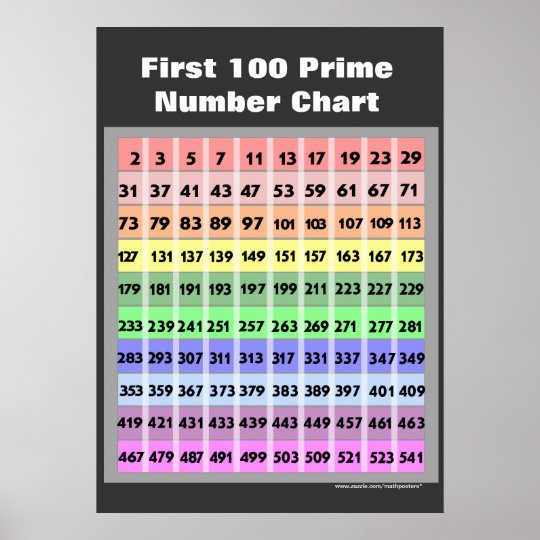
The one with the maximum number of cards wins the game. They can pick up all the cards if the number is the prime number and matches the card below it. Now divide the playing cards equally between you and your child and ask your child to throw one card at a time. Tell your child all the prime numbers between 1 to 13 – 2, 3 ,5, 7, 11, 13. Playing CardsĬhildren love playing with cards, and here is how to teach them prime numbers up to 13 using cards. Here is a song to teach your little one prime number up to 100: Ask your child to identify all the prime numbers between 1 and 100 and colour all them with their favourite colour. On sheet with square boxes, write down numbers 1 to 100. Here are some activities to teach your child prime numbers.

The number 1 used to be considered a prime number, but it generally isn’t anymore.Īctivities To Teach Your Kids Prime Numbers.Every even integer greater than 2 can be expressed as the sum of two primes.Prime numbers are used to protect us from cyber crime.No prime number greater than 5 ends in a 5.The number 2 is the only even prime number.1 and 0 are not prime numbers because you can’t divide 0 by anything, and 1 can only be divided by itself.Here are some interesting facts about prime numbers: Interesting Facts About Prime Numbers For Kids So, the sum of the first seven prime numbers divided by 2 is equal to 29. What is the sum of the first seven prime numbers divided by 2?Īnswer: First seven prime numbers are 2, 3, 5, 7, 11, 13, 17 Which of the following could not be Aman’s number?Ĥ. The number on Aman’s shirt was a prime number. The runners in a race all wore numbers from 20 to 60. Four students wrote down a number between 30 and 40. So here we have some word problems on prime numbers for kids to practice.ġ.

There is a saying that “practice makes a man perfect.” The more you practice, the more perfect you will become at a particular task.

The common factor of 8 and 55 is 1.Īnswer: The first 10 prime numbers are – 2, 3, 5, 7, 11, 13, 17, 19, 23, 29.Īnswer: 13 is divisible only by 1 and 13. Co-prime numbers have only 1 as their common factor.



 0 kommentar(er)
0 kommentar(er)
